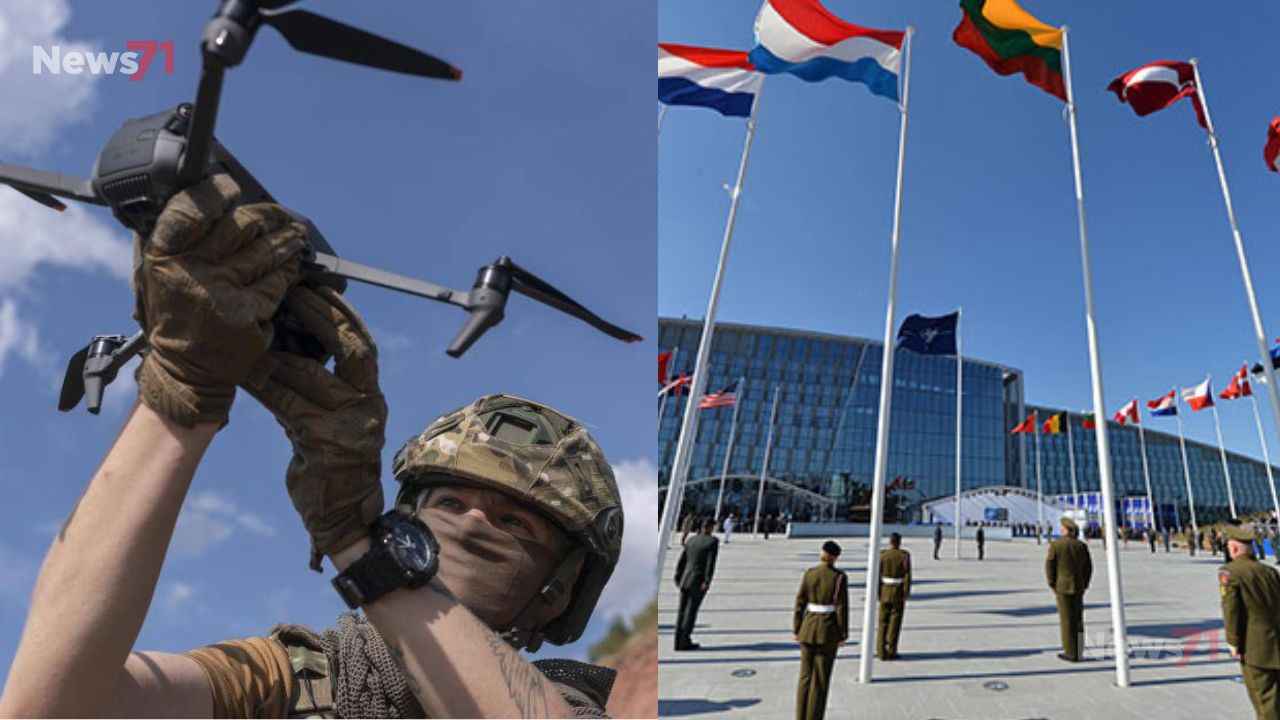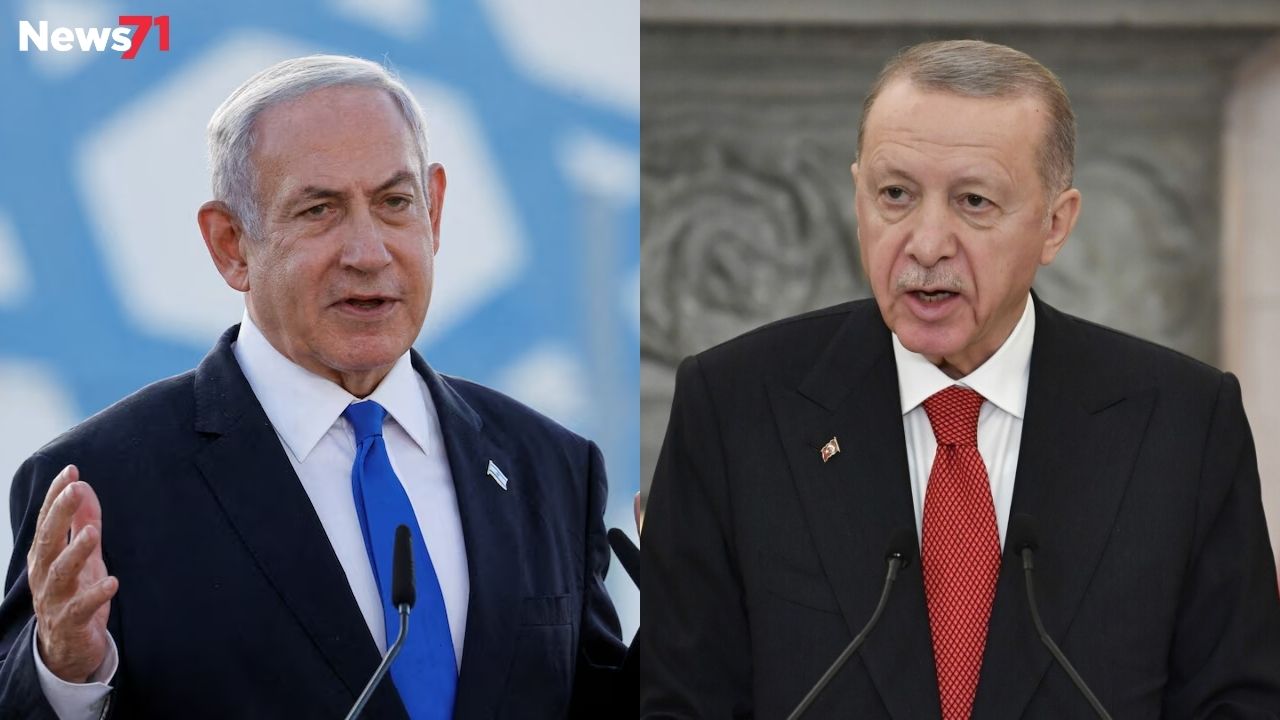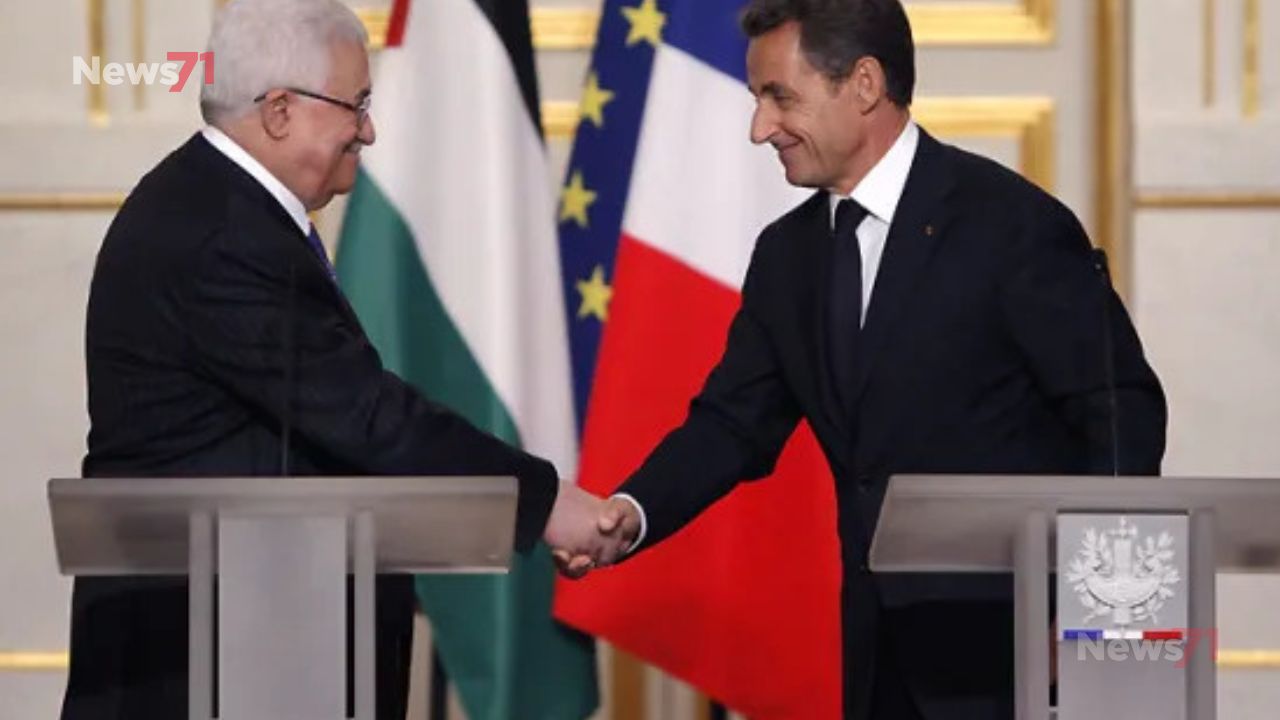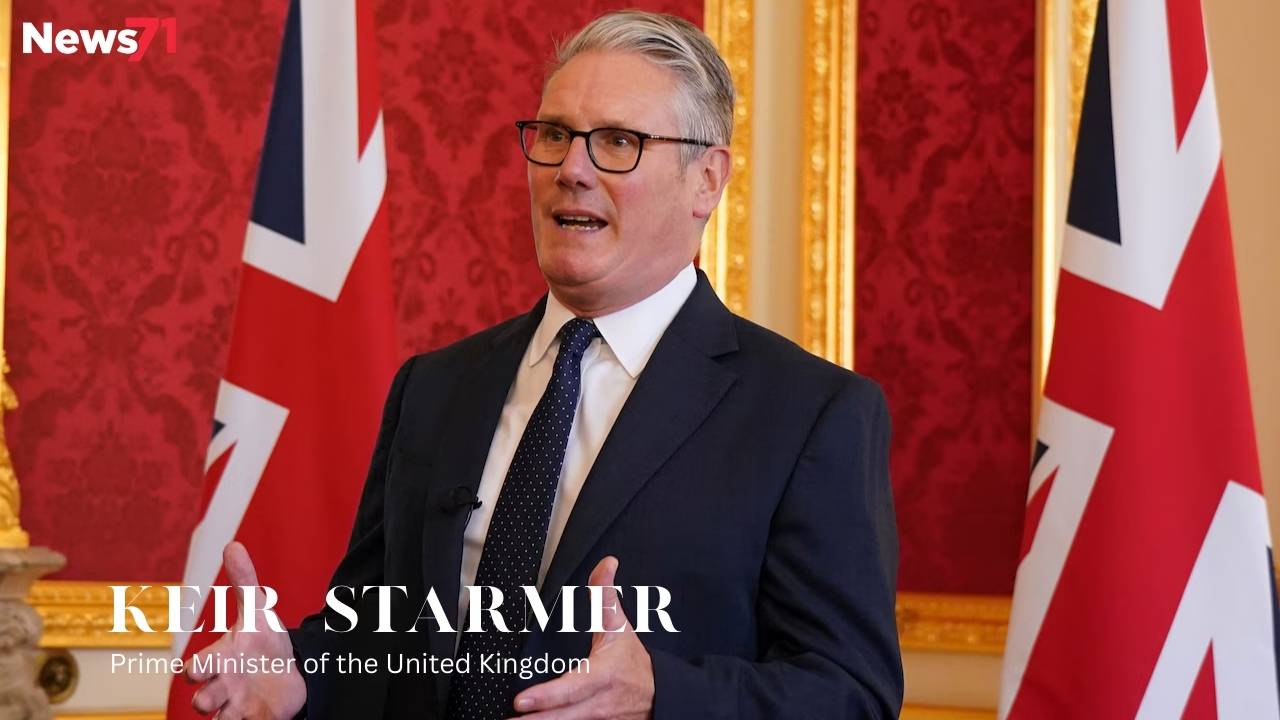NATO faces urgent challenge, In eastern Poland, a quiet late-summer night was shattered by air-raid sirens and the roar of NATO fighter jets. The recent incursion of nearly two dozen drones into NATO airspace has raised critical questions about the alliance’s ability to respond effectively to evolving threats. Beyond whether Moscow deliberately targeted NATO, the incident underscores a broader issue: NATO faces urgent challenge in adapting to the growing and asymmetric drone threat.
Polish authorities reported recovering fragments of drones believed to be Gerbera models, lightweight decoys made of plywood and Styrofoam. Estimates suggest these drones cost approximately $10,000 each, while the NATO jets deployed to counter them, including multimillion-dollar F-16s and F-35s, consumed substantial fuel and maintenance resources. The stark cost disparity illustrates the difficulty of sustaining traditional defense methods against inexpensive, easily replaceable drones.
Experts note that NATO jets remain highly effective against large-scale drone and missile attacks, as demonstrated by previous incidents in other regions. However, the immense costs of such defensive operations make relying solely on fighter aircraft and high-end missiles increasingly unsustainable. Analysts highlight that modern drone threats were largely unanticipated by Western defense planning prior to the war in Ukraine, revealing gaps in both strategy and technology.
Advanced technologies to counter drones already exist. Companies specializing in drone detection and interception have developed AI-enabled, reusable interceptor drones capable of neutralizing small, fast-moving aerial threats. Yet procurement systems within NATO member states remain slow, limiting rapid deployment. While defense startups deploy these systems in Ukraine in real-time, traditional NATO procedures involve lengthy specifications, tender processes, and bureaucratic approvals, creating delays in implementing solutions at scale.
NATO Faces Urgent Challenge to Counter Russia’s Growing Drone Threat
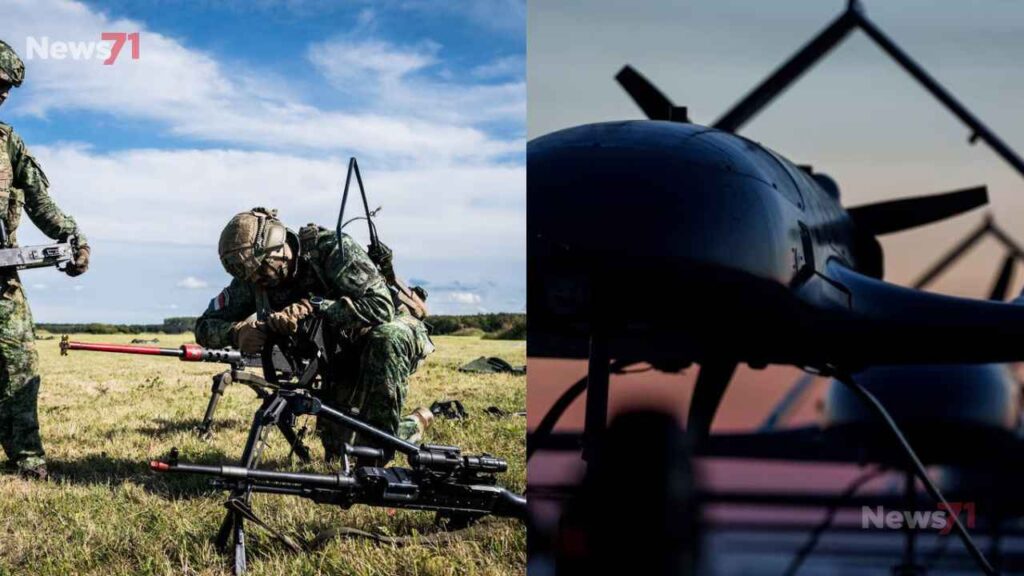
Several European startups are demonstrating innovative approaches to drone defense. For instance, Tekever has supplied AR3 surveillance drones to the UK military for electronic warfare operations, leveraging lessons from ongoing combat zones. Similarly, Latvian startup Origin Robotics developed BEAK and BLAZE drones for both attack and interception, funded by government R&D grants. These initiatives show that rapid adaptation is possible when the military works closely with industry, yet systemic rigidity continues to hinder broader adoption.
The war in Ukraine has effectively created a dual-speed procurement model in Europe. Nations supplying equipment to conflict zones can fast-track acquisitions, while domestic purchases still face traditional bureaucratic delays. Experts argue this split approach hampers the rapid buildup of regional defense capabilities, leaving NATO vulnerable to asymmetric threats along its borders.
U.S. defense authorities are also recognizing the urgency of modern drone threats. Efforts are underway to streamline procurement processes and empower frontline units with faster access to advanced drone and counter-drone technologies. Industry leaders advocate for a combination of high-cost capabilities, such as F-35s and Patriot batteries, complemented by low-cost, disposable interceptors capable of engaging swarms of drones efficiently.
Manufacturers of missiles and ammunition, such as Nammo in Norway, have dramatically increased production to meet rising demand for air defense systems. Scaling up low-cost interceptor missiles to match the affordability of drone threats has become a central priority for European defense companies, reflecting the need for adaptable, cost-effective solutions.
The recent drone incursion highlights a key strategic lesson: NATO faces urgent challenge in balancing technological innovation, cost efficiency, and bureaucratic speed. To stay ahead of Russia’s evolving capabilities, the alliance must embrace rapid experimentation, strengthen collaboration with defense startups, and modernize procurement procedures. Otherwise, even a small swarm of drones could impose disproportionate costs and strain NATO’s defensive posture, emphasizing the need for immediate and decisive adaptation.
